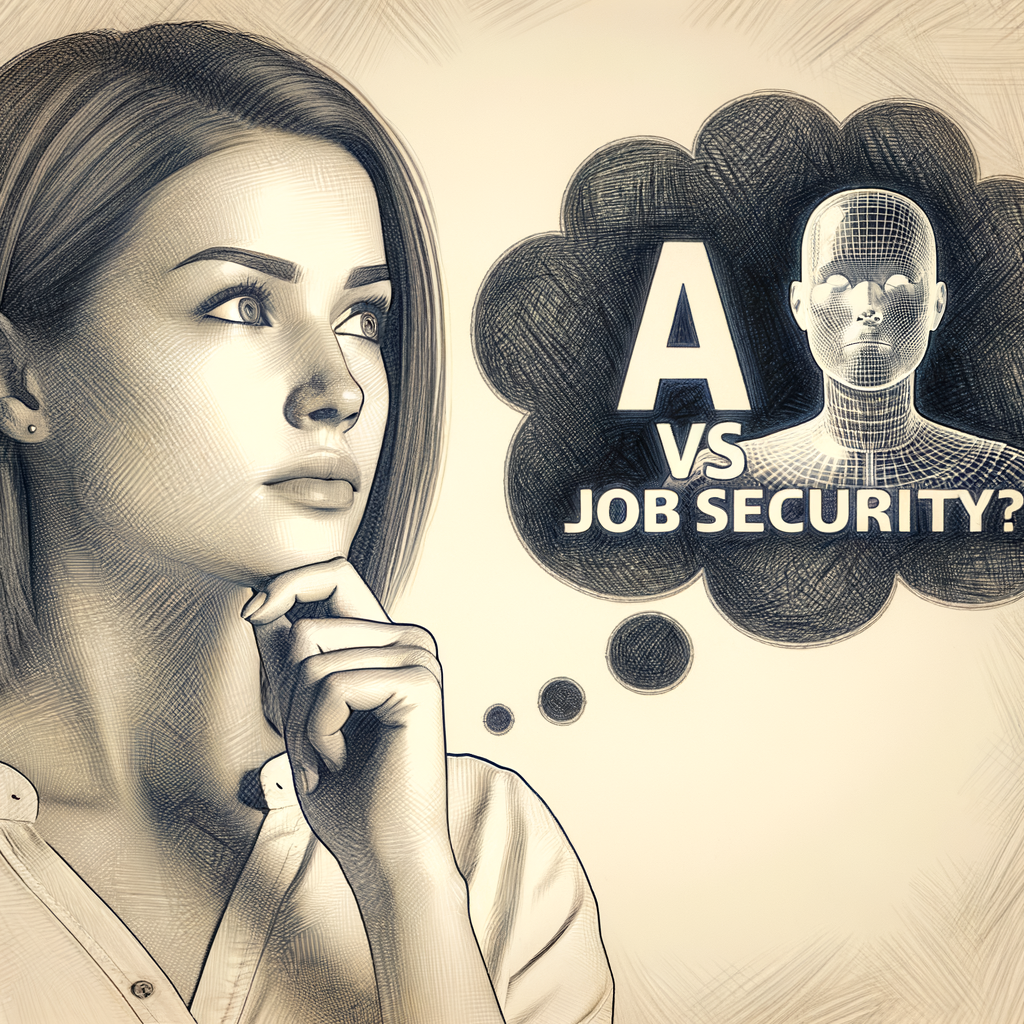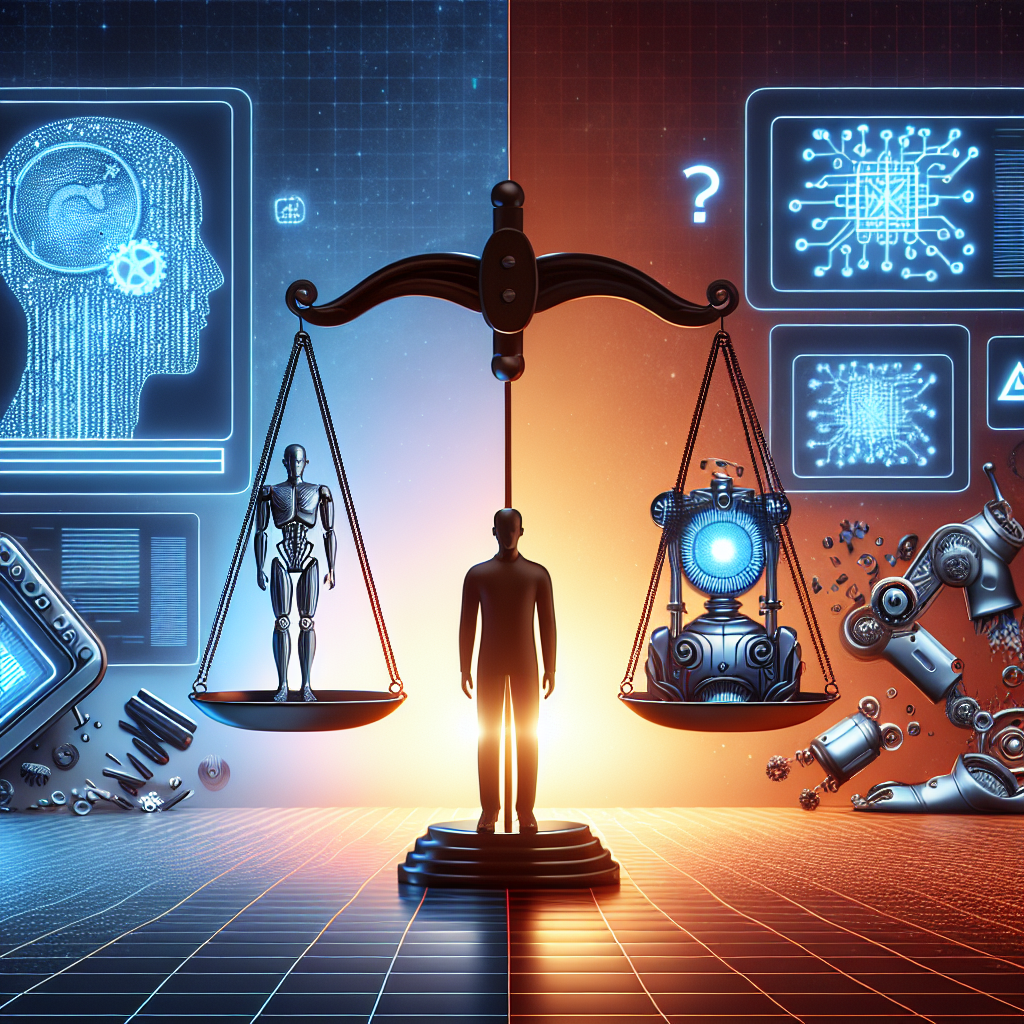
Artificial Intelligence (AI) is rapidly becoming a part of our daily lives, offering immense benefits in automation, efficiency, and problem-solving across industries. From AI-powered virtual assistants like Siri and Alexa to advanced AI applications in healthcare, finance, and cybersecurity, AI continues to push technological boundaries. However, the growing reliance on AI also raises concerns about safety, security, and ethical implications. So, the question arises: Is it safe to use AI?
In this article, we explore the potential risks and benefits of AI usage, addressing safety concerns and how to mitigate the dangers while fully leveraging the potential of this transformative technology.
The Benefits of AI: Why It’s Transforming Industries
AI offers numerous advantages that make it a game-changing tool for businesses and individuals. Key benefits include:
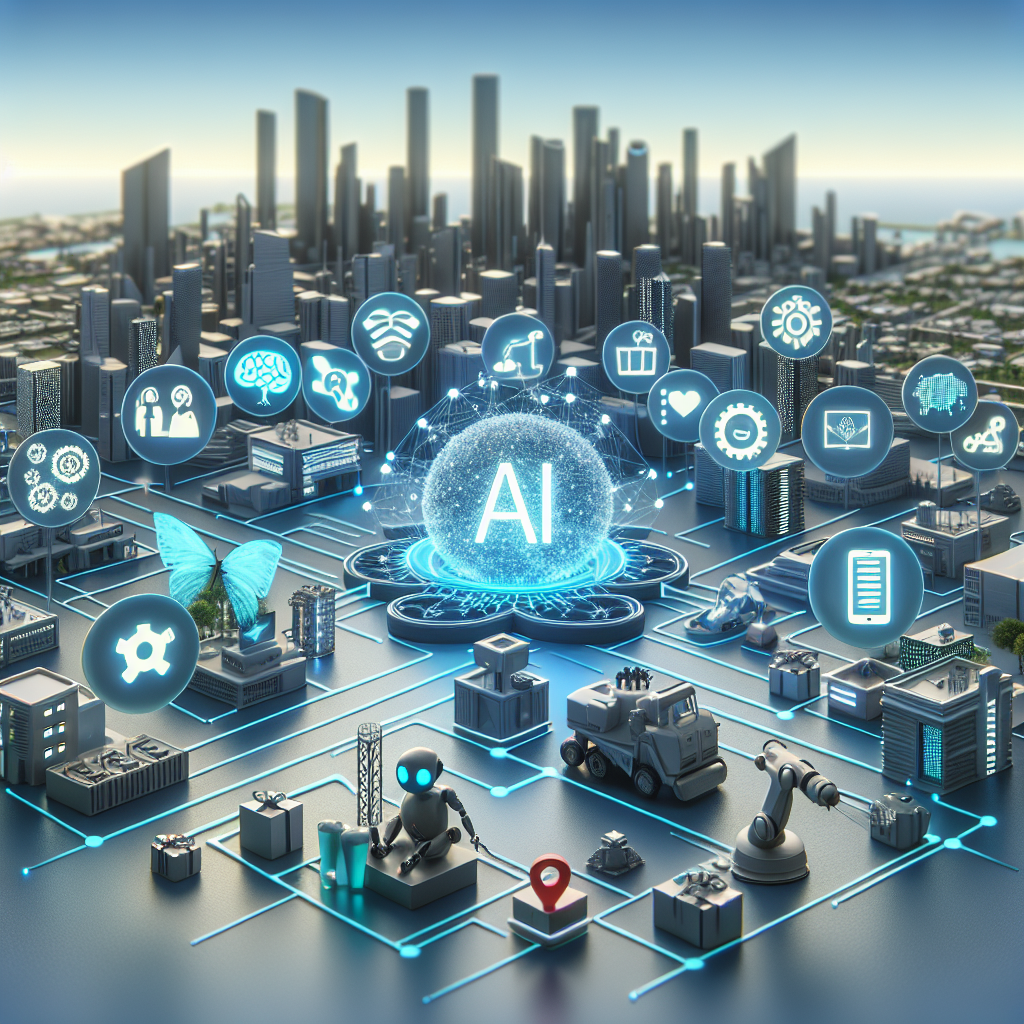
1. Increased Efficiency and Productivity
AI can automate repetitive and time-consuming tasks, such as data analysis, customer service via chatbots, or inventory management. This boosts productivity, allowing human workers to focus on higher-value activities.
2. Enhanced Decision-Making
AI systems analyze vast amounts of data in real-time, providing insights and predictions that help organizations make better, data-driven decisions. In industries like healthcare and finance, AI helps professionals optimize strategies for better outcomes.
3. Personalization
AI’s ability to process user data helps companies personalize experiences. From tailored marketing messages to personalized healthcare treatments, AI enhances how businesses and services cater to individual needs.
4. Improved Accuracy
AI algorithms are designed to learn from patterns, often reducing human error in tasks such as diagnostics, quality control, and financial risk assessments.
Is AI Safe? Understanding the Risks
Despite its benefits, AI comes with several potential risks that need to be addressed for safe and responsible usage. These risks include:
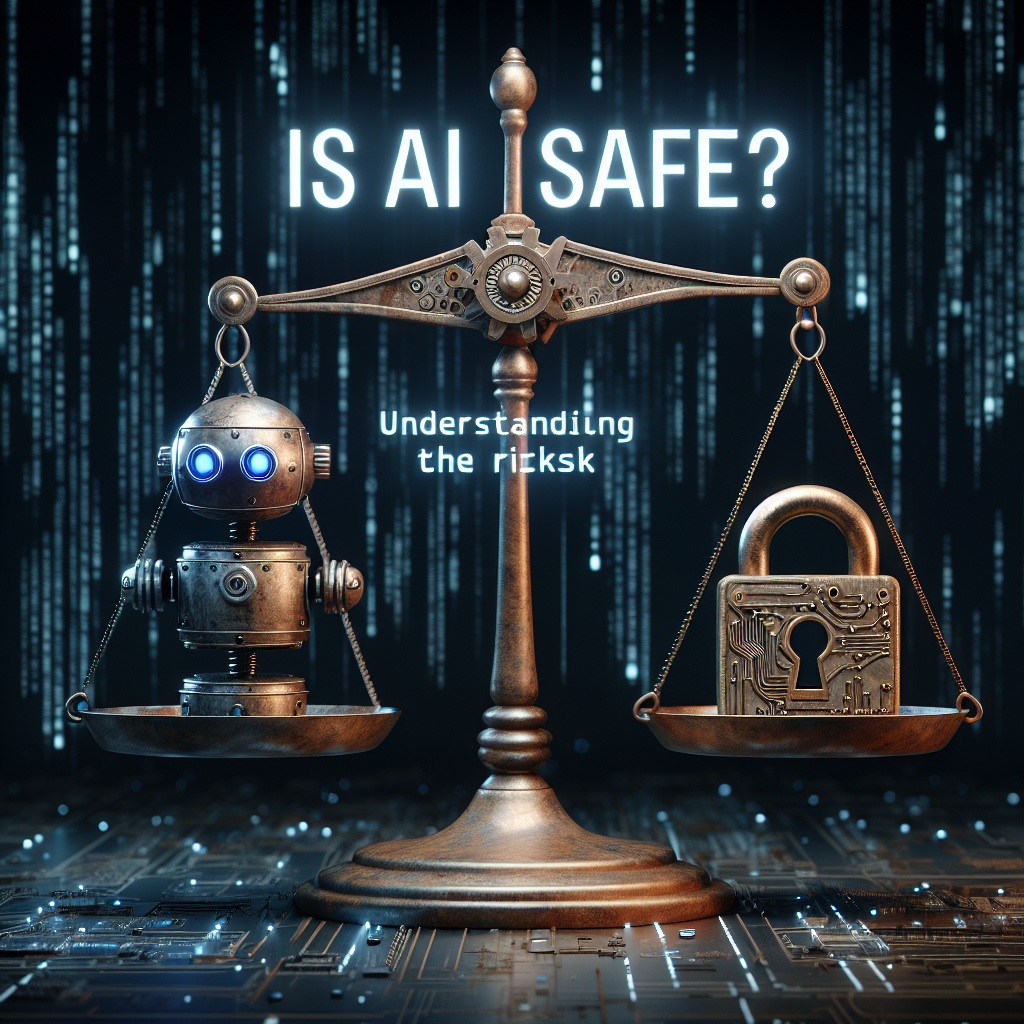
1. Data Privacy and Security Concerns
AI systems require massive amounts of data to function, raising concerns over the privacy and security of personal information. Poor data management or misuse can lead to breaches and violations of user privacy, particularly in sectors like healthcare and finance where sensitive data is processed.
2. Bias and Discrimination
AI models are only as good as the data they’re trained on. If the data used contains biases, the AI system may unintentionally perpetuate or even exacerbate discrimination. This is a serious concern in sectors like recruitment, law enforcement, and credit scoring.
3. Ethical Concerns
The ethical use of AI is a widely debated topic. From autonomous weapons to surveillance systems, AI technology can be applied in ways that raise questions about human rights and moral responsibility.
4. Job Displacement
As AI continues to automate more tasks, it has the potential to replace human jobs, particularly in industries with repetitive tasks such as manufacturing or customer support. This can lead to economic displacement and require reskilling of the workforce.
How to Ensure Safe AI Usage: Best Practices
To mitigate these risks and ensure the safe use of AI, organizations and individuals can adopt the following strategies:
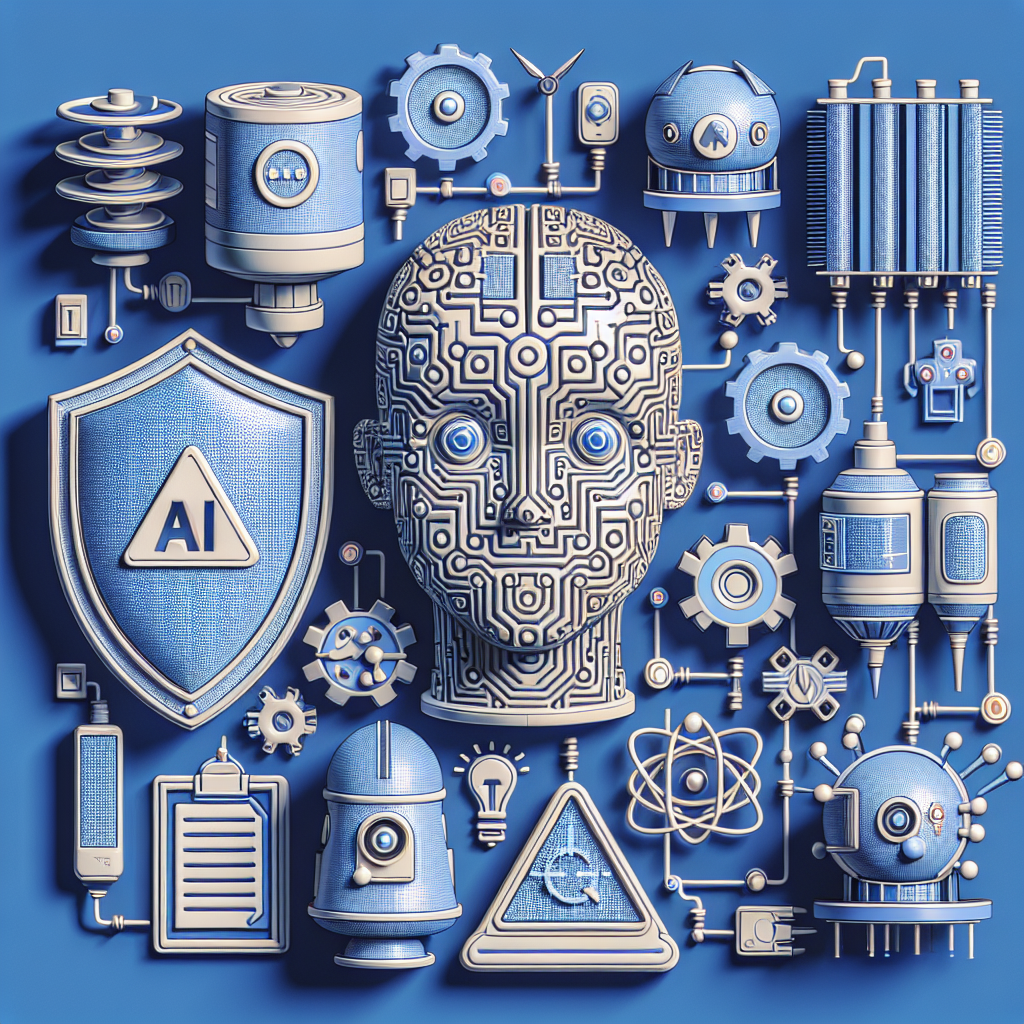
1. Strong Data Governance and Security
Ensuring the safety of AI begins with secure data management. Organizations must implement strict data protection protocols to safeguard personal information. This includes data encryption, secure storage, and compliance with privacy regulations like GDPR.
2. Bias Auditing and Fairness
Regularly auditing AI systems for biases in their algorithms and data sets is crucial for fairness. Developing diverse training datasets and ensuring transparency in AI decision-making processes can help mitigate biased outcomes.
3. Ethical AI Frameworks
Companies must adhere to ethical AI guidelines and frameworks that prioritize human rights, safety, and fairness. This involves clear accountability for AI systems and ensuring that they are used responsibly and transparently.
4. Reskilling the Workforce
As AI reshapes the job market, reskilling and upskilling initiatives are essential. Governments and organizations should invest in training programs that equip workers with the skills needed to adapt to AI-driven environments.
Conclusion: Balancing the Risks and Rewards of AI
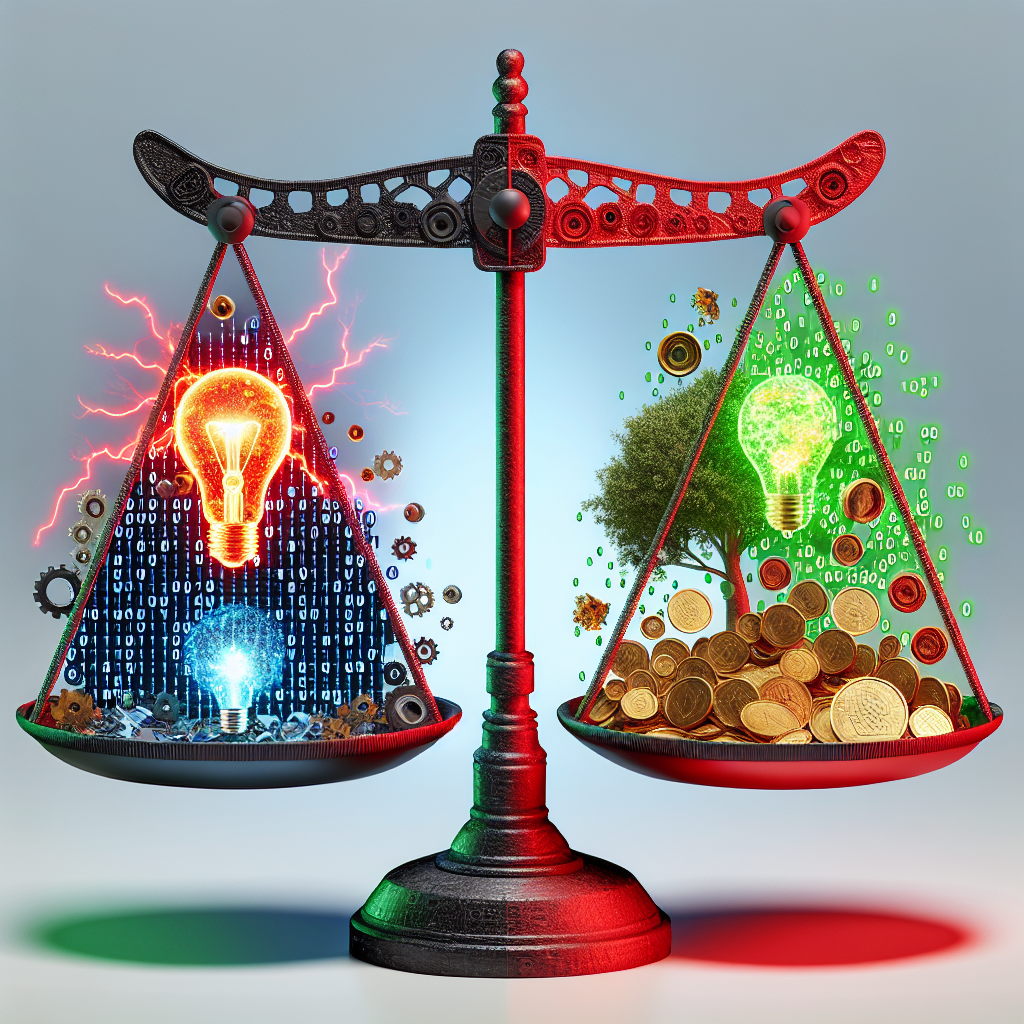
So, is it safe to use AI? The answer depends on how we manage the risks associated with its usage. Artificial Intelligence offers transformative potential across multiple sectors, enhancing efficiency, decision-making, and personalization. However, challenges like data privacy, bias, and job displacement highlight the need for responsible and ethical implementation.
By focusing on robust security measures, bias reduction, and ethical frameworks, we can ensure that AI technology is used safely and effectively, unlocking its full potential while minimizing risks to society.
Top 5 FAQs:
-
Can AI systems be hacked?
Yes, like any digital system, AI can be vulnerable to hacking if proper cybersecurity measures are not in place. Protecting AI systems with strong security protocols is essential. -
Is AI biased?
AI can exhibit bias if trained on biased data. Regular bias audits and diverse training datasets are necessary to ensure fairness. -
Will AI take over human jobs?
AI will likely automate certain tasks, but it is also expected to create new job opportunities that require collaboration with AI systems. Reskilling the workforce is key. -
How can we protect privacy in AI?
By implementing strict data governance policies, encryption, and compliance with privacy regulations, organizations can safeguard personal data used in AI systems. -
Is AI ethical?
The ethicality of AI depends on how it is developed and applied. Using ethical AI frameworks ensures that AI technologies are used responsibly and transparently.
